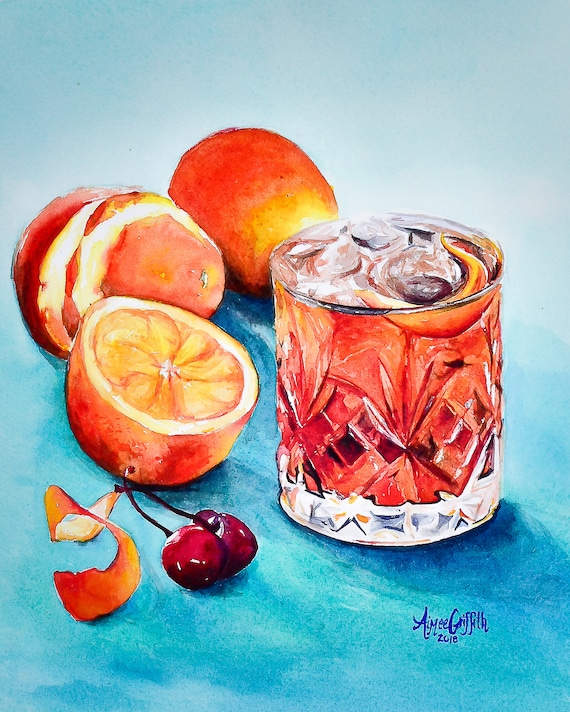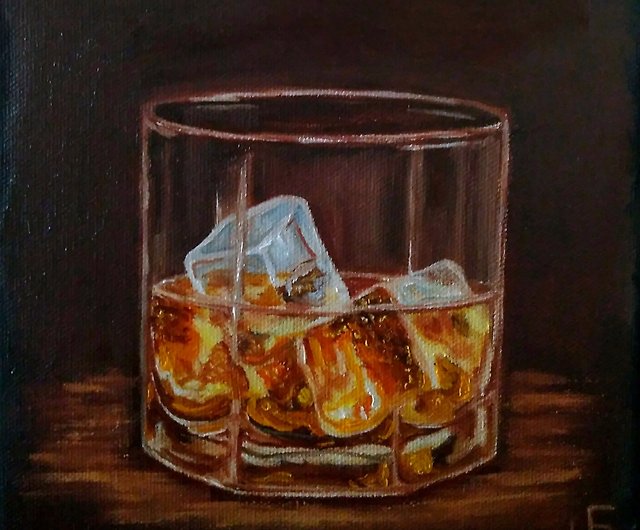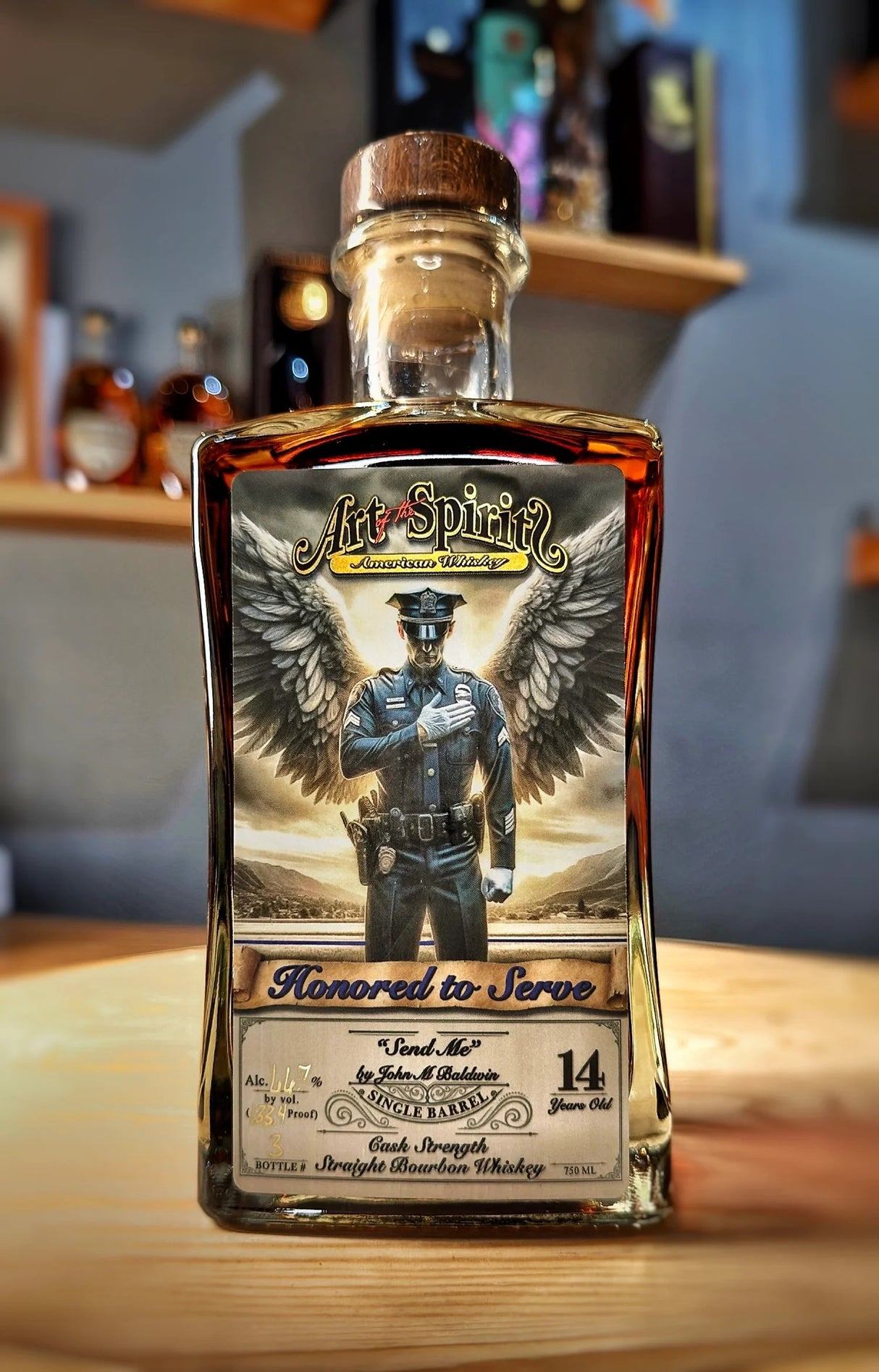Unveiling the Elegance of Bourbon Art: A Tribute to Craft Distillers
Unveiling the Elegance of Bourbon Art: A Tribute to Craft Distillers
Blog Article
The Importance of Whiskey Art in Celebrating Heritage and Workmanship in the Beverage Industry
The intricate relationship in between scotch art and the event of heritage and workmanship within the drink market can not be overstated. Through attentively designed bottles and tags, bourbon brand names encapsulate their historic origins and the artisanal abilities that specify their production methods. This creative measurement not only enhances market allure but likewise serves as an avenue for cultural storytelling, cultivating a much deeper link between the craft and the consumer. As we check out the different elements of this subject, interesting questions concerning the effect of contemporary patterns on conventional techniques emerge, motivating further evaluation.
The Historic Roots of Whiskey
At the heart of bourbon's appeal lies a rich tapestry of historical origins that map back to ancient worlds. The origins of bourbon can be linked to the purification methods of the Sumerians and Babylonians around 2000 BCE, where very early forms of fermented grain beverages began to emerge. However, it remained in the Middle Ages that the art of distillation progressed significantly, particularly in Ireland and Scotland, resulting in the creation of scotch as we understand it today.
The term "whiskey" itself derives from the Gaelic word "uisce beatha," indicating "water of life." This expression highlights the social relevance of whiskey in Celtic societies, where it was usually linked with rituals, celebrations, and communal bonding. By the 15th century, distillation came to be an identified craft within monastic communities, leading the way for the facility of legal distilleries.
As trade courses broadened, whiskey's appeal expanded, transcending local limits and capturing the passion of lovers worldwide. Limited Edition. This historic journey shows not just the craftsmanship behind whiskey production yet additionally its integral role in cultural and social contexts, marking it as a considerable beverage throughout history
Artistic Expression in Branding
Bourbon branding stands as a compelling junction of artistry and commerce, where visual identity plays a critical duty in shaping consumer perception. The appearances of whiskey tags, product packaging, and advertising products mirror not just the brand name's story but likewise its core values and heritage. With creative expression, distilleries convey a narrative that reverberates with customers, evoking feelings and sparking connections.
Using color, typography, and images in branding serves to distinguish items in a saturated market. Conventional themes may stimulate a feeling of credibility and workmanship, while modern-day styles can signify advancement and forward-thinking. This strategic creative direction improves brand name acknowledgment and loyalty, enabling customers to build an individual relationship with the scotch they pick.
Additionally, artistic expression in branding commonly works as a celebration of local heritage. Distilleries frequently integrate local icons or historical references into their styles, creating a feeling of location that invites consumers to take part in a wider social experience. Inevitably, the artistry behind bourbon branding not only enhances aesthetic appeal however likewise enriches the total narrative of the brand, fostering a much deeper gratitude for the craftsmanship and heritage embedded in each bottle.
Craftsmanship in Bottle Style
The artistry obvious in whiskey branding prolongs past visual identity to include the craftsmanship associated with bottle design. Each bottle works as a vessel not simply for the spirit within, however likewise for the story it outlines its beginning, quality, and tradition. The design procedure needs precise interest to information, as components such as closure, product, and shape contribute significantly to the general perception of the whiskey.
Workmanship in bottle layout entails choosing top notch glass that can boost the whiskey's color and clarity, while additionally supplying a tactile experience for the customer. The shape of the bottle must be both functional and visually appealing, frequently showing the heritage of the brand. Several distilleries choose one-of-a-kind shapes or embossed logo designs that stimulate a feeling of authenticity and background.
In addition, the tag design and typography play an important role in connecting the brand name's narrative. Bourbon Art. A well-crafted bottle not only mesmerizes the customer's eye however also strengthens the brand name's dedication to top quality and practice. This way, the workmanship of bottle style comes to be a crucial element of the bourbon experience, combining artistry with a profound respect for heritage
Social Relevance of Bourbon Art
Celebrating practice and workmanship, the cultural value of scotch art goes beyond mere aesthetics, intertwining with the social and historic stories of the areas from which it comes go to the website from. Each container functions as a canvas, illustrating the special tales, mythology, and traditions that have actually shaped regional whiskey-making methods. The complex designs often mirror the heritage of the distillers, integrating symbols and motifs that reverberate with the society and values of their communities.

In enhancement, whiskey art plays a vital duty in public events and celebrations, working as a tangible link between people and their shared experiences. By appreciating the artistry in whiskey packaging, customers grow a deeper understanding and respect for the craft, eventually enhancing their enjoyment of the beverage itself.
Modern Trends in Whiskey Presentation
In recent times, the presentation of whiskey has actually evolved to reflect modern preferences and trends while still honoring standard workmanship - Realism Art. Distilleries are progressively concentrating on aesthetic aspects that boost the general alcohol consumption experience, bridging the void between heritage and modernity
Cutting-edge container layouts have arised, frequently integrating lasting products and creative tags that tell compelling stories. Many brand names now collaborate with regional artists, instilling their products with special aesthetic expressions that resonate with consumers. Additionally, limited-edition launches are commonly packaged in collectible containers, including value and charm for lovers.

Conclusion
To conclude, whiskey art offers as a vital avenue for sharing the heritage and craftsmanship integral in the beverage market. With intricate branding, cutting-edge bottle designs, and culturally considerable imaginative elements, bourbon brand names efficiently recognize their traditions and get in touch with consumers. This creative narrative not Bourbon Art only boosts the my website admiration of bourbon yet additionally reinforces community identification and pride amongst manufacturers. Ultimately, whiskey art plays an essential role in preserving and commemorating the abundant social tapestry of whiskey-making.


Workmanship in container layout involves selecting top quality glass that can improve the whiskey's shade and clearness, while likewise offering a responsive experience for the consumer. In this means, the craftsmanship of container style becomes an important element of the whiskey experience, combining artistry with a profound regard for heritage.
In conclusion, bourbon art serves as an important conduit for revealing the heritage and craftsmanship inherent in the beverage market.
Report this page